DONNA BASSIN | – My Own Witness –
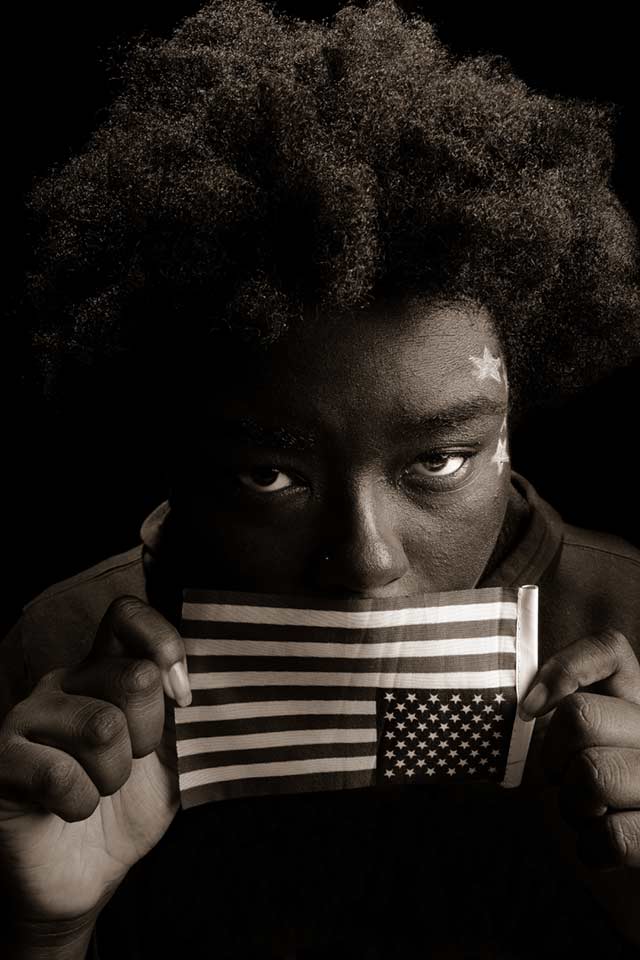
DONNA BASSIN © All rights reserved
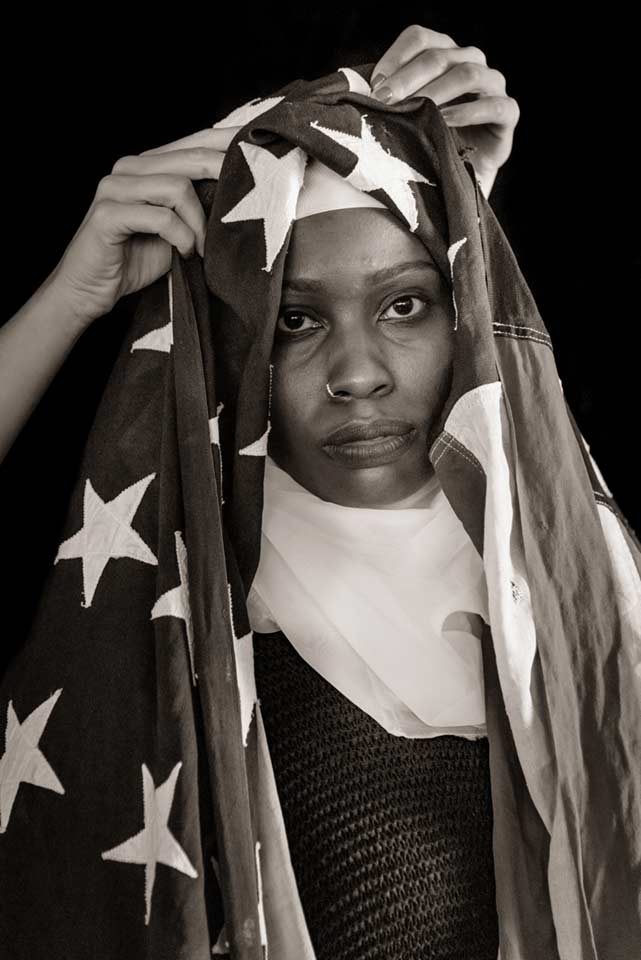
DONNA BASSIN © All rights reserved
“While the American flag has become a complicated symbol, some of my sitters have reclaimed and re-imagined it to express distress, defiance, and/or respectful hope for democracy’s return.
While each portrait is distinctive, they visually connect through the shared black velvet backdrop and chiaroscuro lighting, linking each individual to the collective, perhaps encouraging a commitment to stand together and face the darkness in the shelter of each other.”
What is a portrait, if not an acknowledgment of a human encounter: an opportunity to imagine the life of another? As a photographer, activist, and practicing trauma psychologist, I feel the urgency for the artistic expression of the grave injustices in our society and attempts to repair and transform.
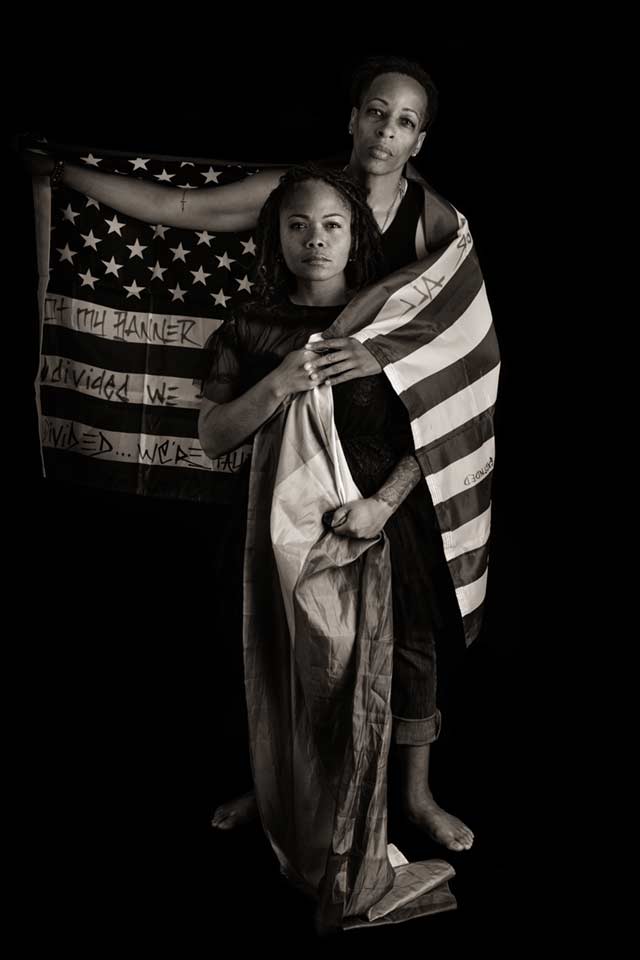
In my collaborative portraits, I strive to merge the close listening of a clinical exchange with the visibility of photographs. I began the “My Own Witness” series in the aftermath of the 2016 presidential election.
In this post-election crisis of democracy, I have encountered rage, grief, and fear as systematic racism, misogyny, sexual exploitation, homophobia, xenophobia, and police brutality have been progressively exposed. This series of collaborative portraits was motivated by the writings of Emmanuel Lévinas, Judith Butler, and Teju Cole.
They see face-to-face encounters as a moral activity to compassionately experience the lives of others.
My aesthetic choices were inspired by the character-revealing portraits of Irving Penn, Richard Avedon, Sally Mann, and Zanele Muholi.
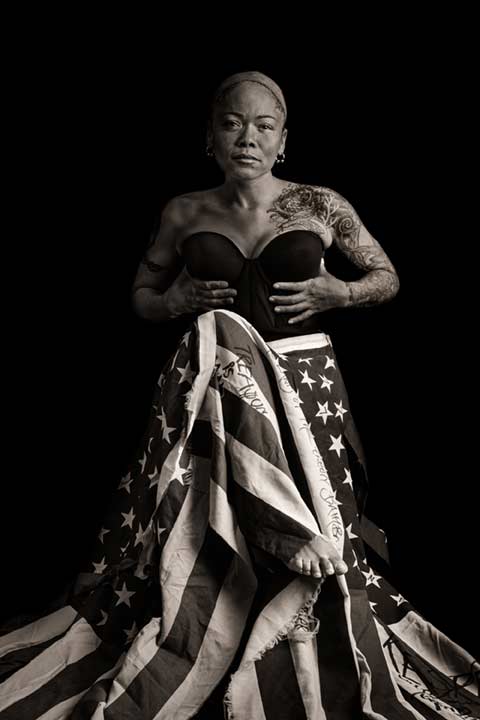
DONNA BASSIN © All rights reserved
Every Friday, I invite people to come to my studio to explore their experiences in these moments of United States history; to bear witness to themselves in these dark and broken times. I ask my sitters to turn themselves “inside out” and use pose, gesture, gaze, props, and story-telling to express their emotional truths. In the process as subjects, they assert their identity – “here I am” – and their resistance to being exploited and marginalized. As my co-creators choose to discover, unveil, and reveal through image and text (each sitter writes a short narrative about their portrait), they claim ownership of self and provoke others to viscerally connect with them.
Some sitters explore feelings of profound vulnerability or helplessness. Some use this experience to assert and express identities increasingly being suppressed by the outside world.
Others uncover ferocious strength they did not know they had as they look anger and hatred in the eye.
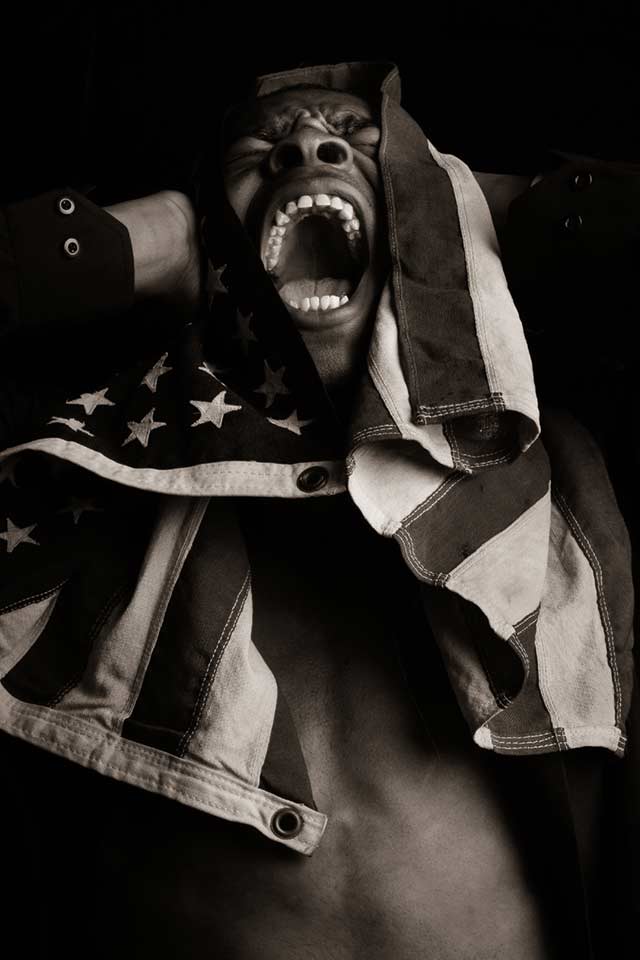
I want America to see to black lives are important, and to change it to all lives is silencing our voice.”
Copyrights to DONNA BASSIN © All rights reserved
While the American flag has become a complicated symbol, some of my sitters have reclaimed and re-imagined it to express distress, defiance, and/or respectful hope for democracy’s return.
While each portrait is distinctive, they visually connect through the shared black velvet backdrop and chiaroscuro lighting, linking each individual to the collective, perhaps encouraging a commitment to stand together and face the darkness in the shelter of each other.
DONNA BASSIN
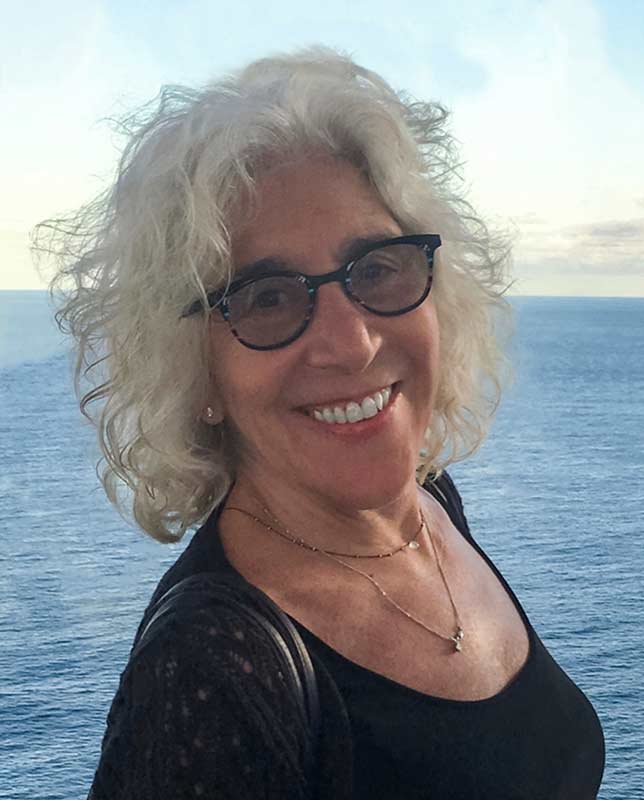
As a photographer, film-maker, author, and practicing psychoanalyst, I feel an urgency for artistic recognition of the ruptures in our society and attempts towards a repair.
The Afterlife of Dolls, a solo photographic and sound installation at the Montclair Art Museum, was a response to my work at Ground Zero.
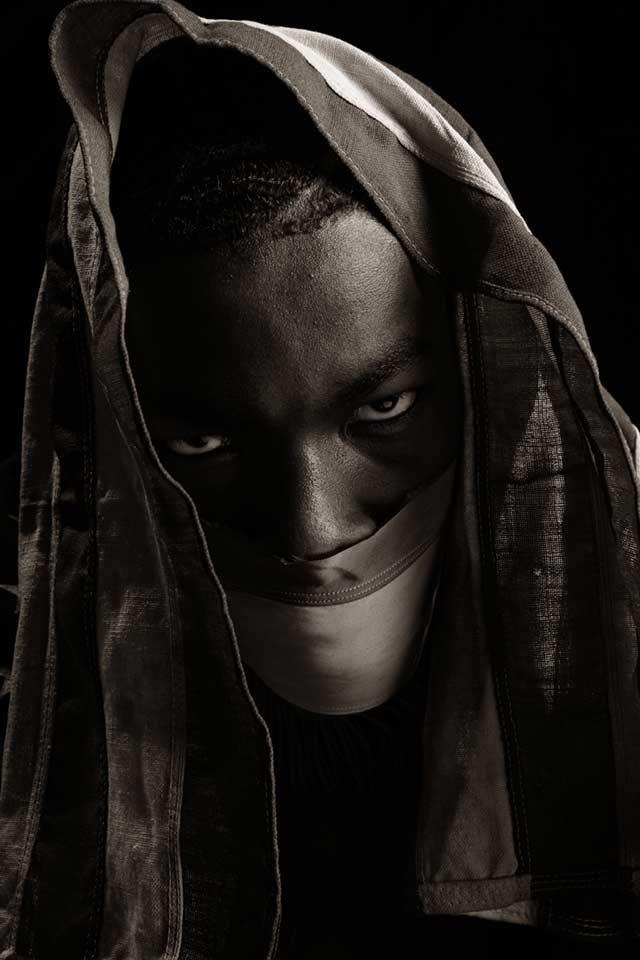
Copyrights to DONNA BASSIN © All rights reserved
This project was featured on PBS’ State of the Arts and received both a Golden Bell and Gradiva Award. I collaborated in the formation of a veterans’ art initiative called Frontline Arts and directed and produced two award-winning documentaries – Leave No Soldier and The Mourning After – about post-traumatic stress in the veterans’ community.
My work has been juried into numerous group exhibitions from New York City to Los Angeles. My photographs have been commissioned for book covers and are in private and museum collections.
I was recently invited to represent New Jersey’s women artists in a public art project titled Her Flag (www.herflag.com).
My installation, By Our Own Hand, in collaboration with Frontline Arts, will be exhibited at the Montclair Art Museum in fall 2020.

